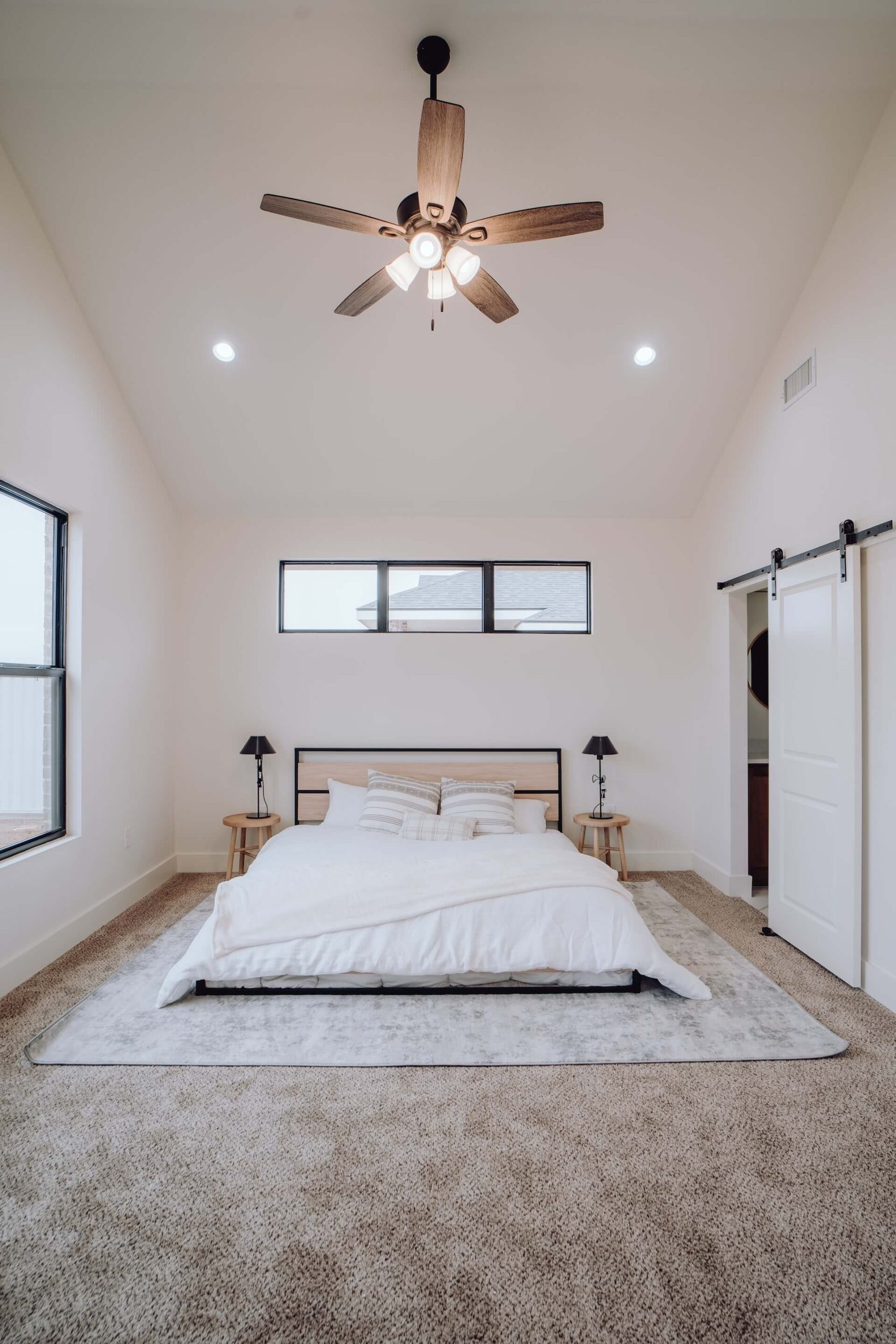The Importance Of Building Acoustics
Sound pollution is the bane of modern living. Everyone tries to be louder than the next and unwanted noises attack your eardrums all the time. It all made worse by terrible building acoustics. And when sound pollution is becoming the standard of the urban environment, problems arise. Stress, crimes, and various health problems are often associated with sound pollution.
Architects supposedly understand that sound matters and yet some still put form over function. One example is the move toward open floor-plan, which is detrimental when it comes to performance in schools and offices.
In a school environment, where hundreds or even thousands of students gather in one building, open floor plan translates to increased sound pollution. Students must listen very closely to decipher what the teachers are explaining.
It’s the same thing for office spaces. Imagine that you’re a programmer working on your desk. You’re concentrating on a piece of code while your coworkers are talking about nonsense right next to you. It will take quite a while before you get back on track and focus back on the code you’re writing. Your productivity dips because there’s nothing between you and distracting noises.
“So, the problem lies in the open floor-plan, right?”

Not quite. Distracting sound is an inseparable experience for anyone inside whatever building. Even in old school buildings, the problem of bad acoustic remains true.
It’s no longer a secret that students who sit at the back of the class often complain that they cannot tell what the teachers are talking about. Before we blame the teachers for being bad at teaching or not speaking loud enough, we should have a closer look at the commonly terrible acoustics in classrooms.
The contracts for building schools go to the lowest bidder. Often times, acoustic features and soundproofing are not even part of the bid.
“Does this mean the government must put the initiative in making buildings and urban environments easier on the ears?”
Of course. In Europe, Switzerland to be exact, the local governments are already taking the necessary steps to put acoustic features prominent in urban designs. Building positions, proportions, and shapes are regulated to reduce reverberations from traffic noise.
City planners and architects will focus not only on the sounds inside the buildings but also the environment where the buildings reside.
In time, facades dominated by glass and steel will be relics of the distant past. City designers will plant more trees to act as sound barriers. Sand and gravel will replace clay brick and poured concrete for sidewalks.
“What about at home?”
Acoustic is also essential for homes. Let’s suppose you’re making a home theatre room. Do you prefer a room with good acoustic or a room in which all sound bounce around and incomprehensible?
Good acoustic in homes will benefit everyone and not just the ones looking forward to making a superb home theatre setup.
For all of your acoustics and soundproofing needs, contact Acoustica Projects:

If you’re used to being stuck in an office building all day, working from home may sound like the ultimate dream come true. The commute is just a short walk down the hall, ‘business casual’ is your pyjamas, and best of all, your work schedule revolves around your life – not the other way around. But your home office probably isn’t soundproof. Here are some simple home office soundproofing steps you can do to soundproof your home office.
Home Office Soundproofing: Some Simple Steps You Can Do
Picture this – it’s Monday morning and you’re a few emails in when suddenly the kids are fighting, the dog is barking and the dryer is making that noise again. If you’ve recently made the transition to a home office, you’re probably starting to realize just how loud your home can be.
Distracting clamour disrupts your work ethic and kills your productivity. Luckily, there are many easy ways to reduce noise in your home office. Interested in a quiet workspace? Follow these simple tips and you’ll be working the day away in uninterrupted bliss.
1. Fix Your Floors – Stop Unwanted Noise
Imagine the sound of a heavy book hitting a hardwood floor. Now think about that same book falling onto a plush carpet. Which one was louder? Now think of your kids or pets running around on hardwood floors versus carpeted floors.
Carpet is much better at absorbing noise than hardwood, so an easy start to soundproofing the area around your home office is to lay down some carpet. You don’t even need to have carpet installed wall-to-wall, you can put down thicker area rugs for the same sound dampening effect.
If you want even more sound dampening ability from carpet, you can add a rug pad underneath for even more cushioning.
2. Soundproof Your Door
Most interior doors are hollow-core and allow sound to travel straight through. Though hollow-cores tend to be the best option for interior doors, you may need to upgrade for a space where noise reduction is crucial, like an office. Consider switching to a thicker, solid-core door. If that’s out of your budget, or you don’t want to deal with the hassle of installation, try a soundproofing panel that will hang over the door frame and add an extra layer of sound blockage.
Another cheaper option is to add a door sweep to the bottom of the door. These can be easily installed and will help reduce noise coming in through the cracks.
3. Add Soft Surfaces to Reduce Reverberation
Empty space leaves lots of room for sound to bounce around. If all you have in your office is a desk and a swivel chair, it’s time for a little decorating.
Soft surfaces are much more absorptive than hard surfaces, so if your home office is filled with hard surfaces you probably experience a lot of echoes. All you need to do is splurge on a nice plush area rug, a soft couch and maybe even those new curtains you’ve had your eye on.
If your walls are bare, you may want to consider hanging some acoustic absorption panels. These wall-mounted panels absorb excess noise and, since they’re customizable, they make for easy and practical wall art.
4. Soundproof the Window to Your Office
Maybe the noises bothering you while you work aren’t coming from inside of your house. If you’re getting distracted by your neighbour’s barking dog or your neighbour mowing their lawn, you may want to focus on soundproofing the office window.
Benefits of Home Office Soundproofing
The benefits of your quiet office will include:
Increased work productivity
Better quality of your work
Improved mood when you’re not hearing as many annoying sounds
It doesn’t take much for you to get the peace and quiet in your home office that you need and deserve. Just follow our simple steps to get your quiet home office. If they’re not enough, let’s schedule a virtual meeting and discuss this together with our soundproofing experts!
Call us 1300 498 268
Email us – enquires@acousticaprojects.com.au
Website – www.acousticaprojects.com.au

